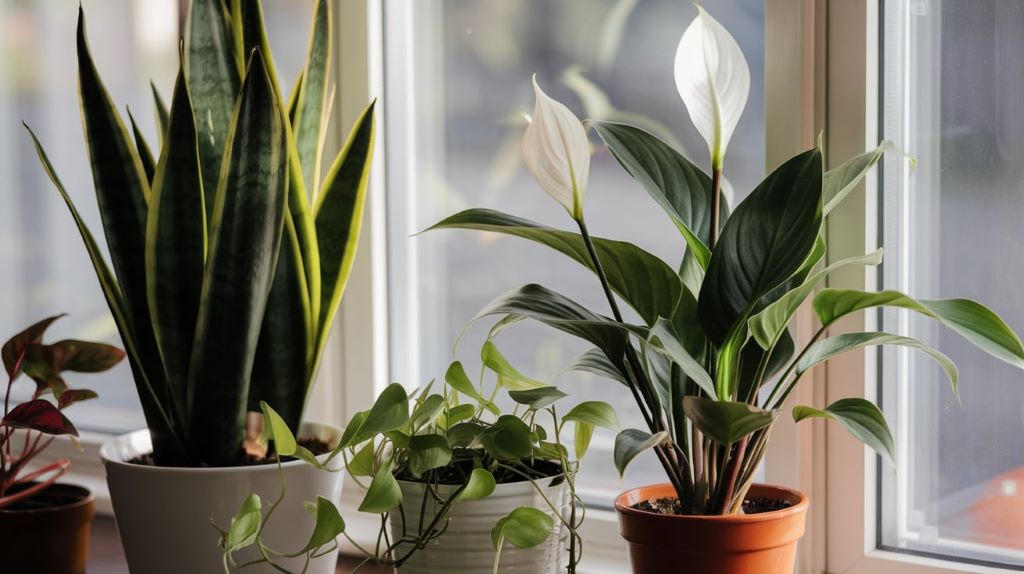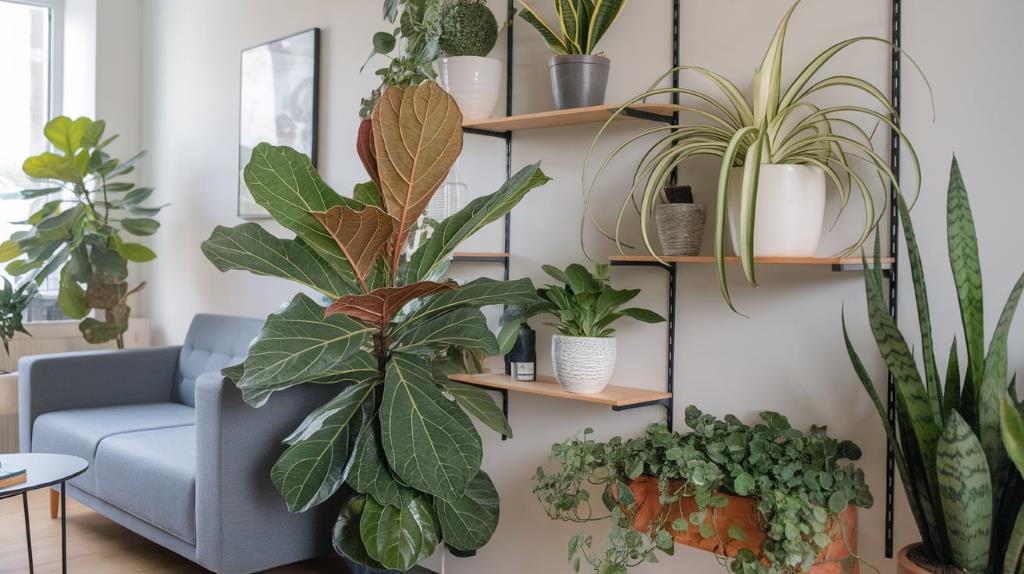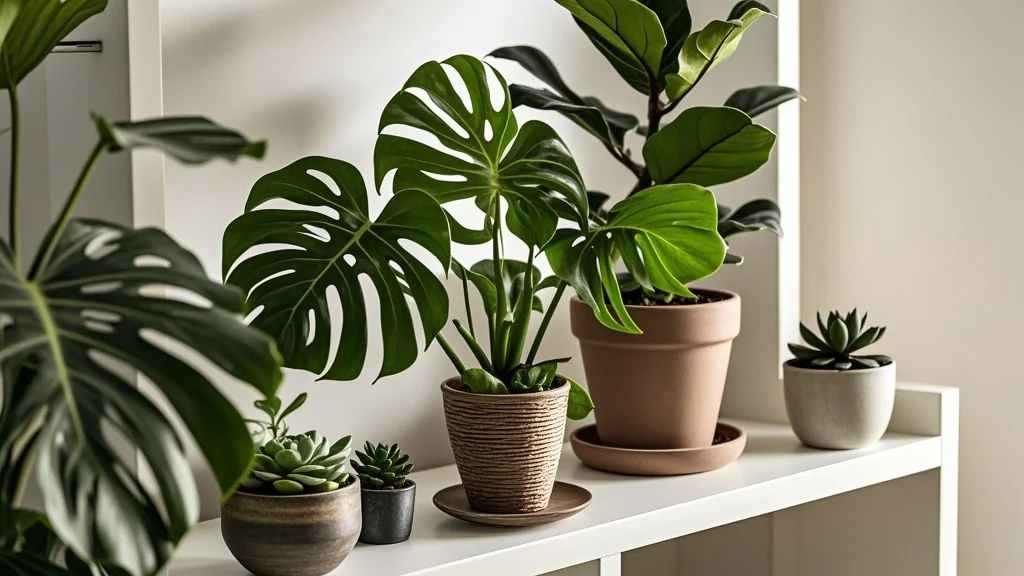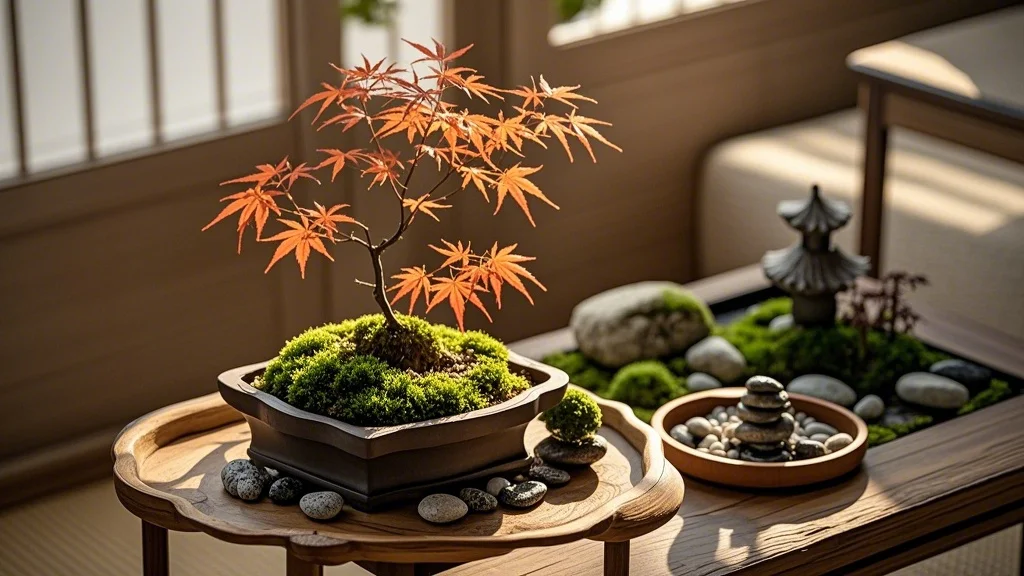Living in a small urban apartment doesn’t mean you have to give up on your dream of having a lush indoor garden. However, limited space and light can present challenges for plant enthusiasts. One effective strategy to overcome these obstacles is plant rotation. This article will guide you through the process of implementing a successful plant rotation system in your small space, ensuring all your green friends get the light they need to thrive.
Contents
- 1 Understanding Light Requirements
- 2 Assessing Your Space
- 3 Creating a Rotation Schedule
- 4 Rotation Techniques for Small Spaces
- 5 Tips for Successful Plant Rotation
- 6 Maximizing Light in Small Spaces
- 7 Creative Solutions for Challenging Spaces
- 8 Troubleshooting Common Issues
- 9 Technology to Assist with Plant Rotation
- 10 Conclusion
Understanding Light Requirements
Before diving into rotation techniques, it’s crucial to understand the light requirements of your plants:
- High-light plants: Need 6+ hours of direct sunlight daily
- Medium-light plants: Thrive with 4-6 hours of bright, indirect light
- Low-light plants: Can survive with 3-4 hours of indirect light
Assessing Your Space
To create an effective rotation plan:
- Identify light sources (windows, skylights)
- Map out areas with different light intensities
- Note how light changes throughout the day and seasons
Creating a Rotation Schedule

Step 1: Group Plants by Light Needs
Categorize your plants based on their light requirements. This will help you prioritize which plants need the prime spots near windows.
Step 2: Establish a Time Frame
Determine how often you’ll rotate your plants. A general rule:
- High-light plants: Rotate every 3-4 days
- Medium-light plants: Rotate weekly
- Low-light plants: Rotate every 2 weeks
Step 3: Design Your Rotation Plan
Create a simple chart or use a plant care app to track your rotation schedule. Include:
- Plant names
- Current locations
- Next rotation date
- Destination for next move
Rotation Techniques for Small Spaces
1. Carousel Method
Ideal for plants with similar light needs:
- Arrange plants in a circle near your light source
- Every few days, rotate the entire group clockwise
- The plant furthest from the light moves to the prime spot
2. Window Shuffling
For apartments with multiple windows:
- Assign plants to different windows based on light intensity
- Rotate plants between windows weekly
- Ensure each plant spends time in both brighter and dimmer spots
3. Vertical Rotation
Maximize vertical space with shelving:
- Install shelves at varying heights near windows
- Place high-light plants on top shelves
- Rotate plants up and down the shelves weekly
4. Room-to-Room Rotation
If you have multiple rooms with different light conditions:
- Map out the light levels in each room
- Create a schedule to move plants between rooms
- Ensure each plant spends time in optimal conditions
Tips for Successful Plant Rotation
- Gradual Transitions: When moving a plant to a brighter spot, do it gradually to prevent shock.
- Consistent Care: Maintain regular watering and fertilizing schedules during rotation.
- Monitor Plant Health: Watch for signs of stress like yellowing leaves or stunted growth.
- Seasonal Adjustments: Modify your rotation plan as daylight hours change with seasons.
- Use Plant Stands: Mobile plant stands make it easier to move heavier plants.
- Rotate the Plant Itself: Turn each plant a quarter turn weekly for even growth.
- Supplement with Grow Lights: For very dark areas, consider adding grow lights to your rotation plan.
Maximizing Light in Small Spaces
Reflective Surfaces
Increase light distribution by:
- Using mirrors to reflect light deeper into your space
- Painting walls in light colors
- Adding metallic or white accessories near plants
Light Shelves
Install light-colored shelves near windows to:
- Bounce light upwards
- Create additional plant storage
- Improve light distribution throughout the room
Window Film
Apply light-diffusing window film to:
- Soften harsh direct sunlight
- Spread light more evenly
- Protect sensitive plants from leaf burn
Creative Solutions for Challenging Spaces
Bathroom Botanicals
Rotate humidity-loving plants into the bathroom for a spa-like atmosphere:
- Ferns
- Orchids
- Peace lilies
Ensure proper ventilation to prevent mold growth.
Kitchen Herb Garden
Create a rotating herb garden in your kitchen:
- Install a small shelf near a window
- Rotate herbs based on use and light needs
- Move less-used herbs to lower light areas temporarily
Bedroom Oasis
Rotate air-purifying plants through your bedroom:
- Snake plants
- Spider plants
- Pothos
These plants can thrive in lower light and improve air quality while you sleep.
Troubleshooting Common Issues
Leggy Growth
If plants become stretched or leggy:
- Increase rotation frequency
- Prune to encourage bushier growth
- Consider supplemental lighting
Leaf Drop
Sudden leaf drop after rotation may indicate shock:
- Slow down the rotation schedule
- Provide extra humidity during transitions
- Ensure consistent watering
Pest Management
Rotating plants can help prevent pest infestations:
- Inspect plants during each rotation
- Isolate any infected plants immediately
- Treat issues before reintroducing to the rotation
Technology to Assist with Plant Rotation
Light Meters
Use a light meter app or device to:
- Accurately measure light levels in different areas
- Fine-tune your rotation schedule
- Identify the best spots for each plant
Plant Care Apps
Leverage apps designed for plant care to:
- Set rotation reminders
- Track plant health over time
- Access care tips for specific species
Smart Grow Lights
Incorporate smart grow lights into your rotation plan:
- Program lights to mimic natural light cycles
- Adjust intensity based on plant needs
- Create additional “window” spaces in dark corners
Conclusion

Implementing a thoughtful plant rotation system in your small space can dramatically improve the health and appearance of your indoor garden. By understanding your plants’ needs, assessing your space, and creating a flexible rotation plan, you can ensure that every plant gets its moment in the sun (or bright indirect light).
Remember, the key to successful plant rotation is consistency and observation. Pay attention to how your plants respond to different locations and be prepared to adjust your plan as needed. With a little effort and creativity, you can cultivate a thriving urban jungle, even in the coziest of apartments.
Happy rotating, and may your plants grow ever greener!









